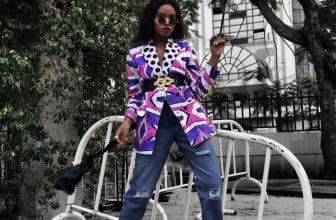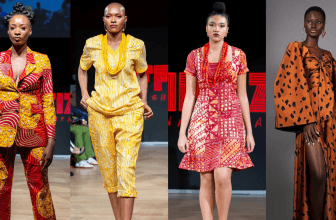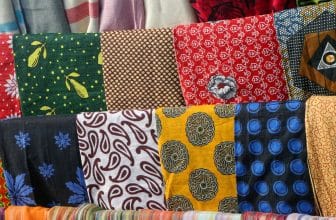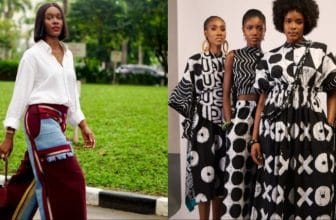Best Fabric Combinations for Perfect Sewing Results
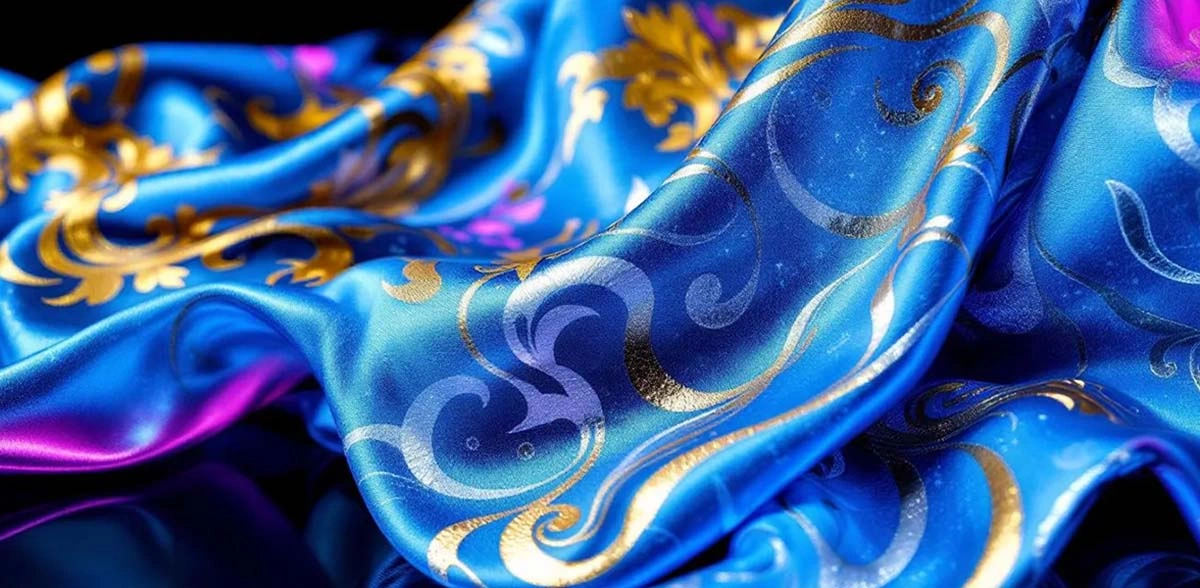
Introduction
Ask any experienced designer or tailor — the secret to a professional-looking outfit often lies in how well fabrics are combined.
Even the most beautiful material can fall flat if paired with the wrong texture or weight.
Learning the best fabric combinations for sewing helps you create garments that not only look stylish but also feel balanced, durable, and flattering.
Let’s explore how to mix fabrics like a pro — and why understanding texture, tone, and tension is key to every successful design.
1. Match Fabric Weights and Drape
The first rule of mixing fabrics is harmony.
Lightweight materials like chiffon, silk, or organza pair beautifully with other soft fabrics — think lace or satin.
Heavier options like denim, wool, or brocade work better when matched with materials that share similar body and structure.
Mixing light and heavy fabrics often leads to uneven seams or distorted shapes.
To ensure smooth sewing and natural flow, always check how both fabrics drape before cutting.
2. Keep Texture Contrast Intentional
Texture is where creativity shines.
You can combine rough and smooth fabrics — for example, linen with satin or denim with lace — but the contrast must feel deliberate, not accidental.
When done right, texture pairing adds dimension and sophistication to a piece.
When done poorly, it can make the outfit feel unbalanced.
Here’s a trick: lay your fabrics side by side and close your eyes while touching them.
If they “feel” connected, they’ll likely sew well together too.
3. Use Color to Create Balance
The right color pairing enhances both fabrics, while the wrong one can dull them.
Neutral fabrics — like white, beige, navy, and black — are perfect anchors for bolder patterns or prints.
If you’re using two patterned fabrics, make sure one has a dominant color that ties them together.
In 2025, designers are loving tone-on-tone combinations like soft pastels layered with warm neutrals — elegant, minimal, and easy to wear.
4. Combine Fibers That Behave Similarly
Fabrics shrink, stretch, and react differently to heat.
Before sewing, make sure both fabrics can handle the same washing and pressing methods.
For example:
• Don’t pair cotton (which shrinks) with polyester (which doesn’t).
• Match wool with wool blends, or silk with other natural fibers.
• Always pre-wash fabrics separately before combining — to avoid surprises later.
This simple habit prevents puckering, fading, and shape distortion after sewing.
5. Think Beyond the Fabric — Consider Purpose
Every project has a personality.
Is it structured (like a jacket) or flowing (like a gown)? Is it casual or luxurious?
Your fabric combination should support the purpose.
For structured pieces, pair denim with twill or canvas with faux leather.
For soft designs, try cotton voile with silk crepe or organza layered over tulle.
When purpose and fabric align, the result looks effortless and feels right.
6. The Stitching Factor
Different fabrics demand different needle types and stitch lengths.
If you’re mixing materials, always test your stitch on scraps first.
Light fabrics love fine needles and smaller stitches, while heavy fabrics need thicker needles and stronger threads.
Your machine tension may also need slight adjusting — balance is everything when combining textures and materials.
Closing Thoughts
Combining fabrics is an art — one that every designer refines with experience and intuition.
When you understand how texture, fiber, and color interact, you unlock endless creative possibilities.
At WeFabrics, we believe that the right fabric pairing can turn a simple design into a timeless statement.
So, next time you’re mixing materials, trust your eye, trust your hand — and let the fabrics speak to each other.



